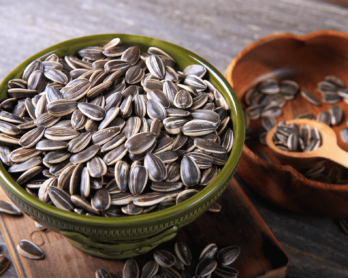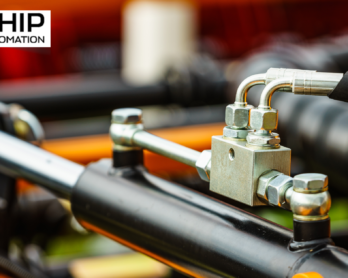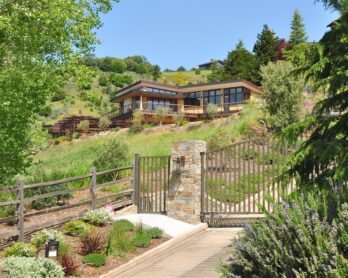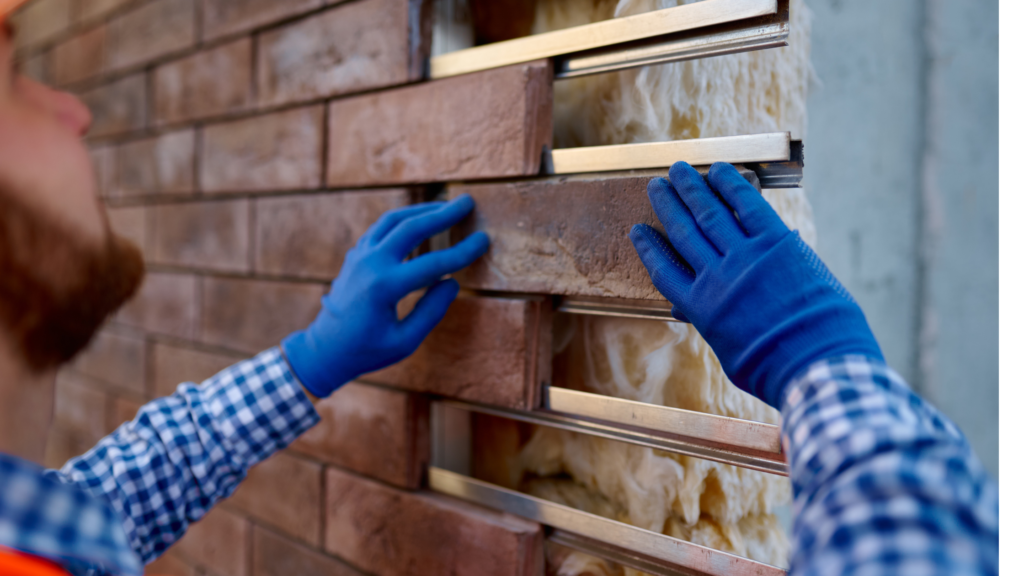
Introduction to Cladding
Cladding is the protective layer that shields a building from external elements while adding aesthetic appeal. Selecting the appropriate cladding material, often available through reputable cladding suppliers Melbourne, is pivotal in ensuring durability, enhancing visual appeal, and maintaining structural integrity.
Factors Influencing Cladding Selection
Climate Considerations
- Melbourne’s Climate Variability: Melbourne experiences a diverse climate, characterized by hot summers and cold, damp winters. Choosing a cladding material that can endure these fluctuations is vital. Materials like vinyl or composite offer excellent resistance to moisture, making them suitable for Melbourne’s weather patterns.
- Sun Exposure: Additionally, considering the intensity of sunlight in Melbourne, opting for materials that resist UV damage is crucial. Timber can fade and deteriorate under prolonged exposure, whereas materials like brick or stone maintain their appearance better.
Durability and Maintenance
- Longevity: The durability of the cladding material impacts the maintenance frequency and overall lifespan of the home’s exterior. While brick and stone are durable, they might require occasional repointing or cleaning. On the other hand, vinyl or composite materials often require minimal upkeep.
- Maintenance Requirements: Considering the homeowner’s willingness to maintain the cladding is essential. Some materials, like timber, demand regular staining or painting to preserve their appearance, while others, such as vinyl, only need occasional cleaning.
Aesthetic Appeal
- Architectural Style: The aesthetic appeal of the cladding material should align with the architectural style of the home. For instance, modern homes might benefit from sleek, versatile materials like vinyl or composite, while traditional homes may exude warmth with timber or brick.
- Color and Texture: The color and texture options available for different cladding materials play a role in enhancing the visual appeal. Vinyl offers a wide range of colors and textures, allowing homeowners to personalize their exteriors.
Cost-effectiveness
- Initial Cost vs. Long-term Value: Evaluating the initial cost of the cladding material against its long-term value is crucial. While some materials might be more expensive initially, they could offer better durability and require less maintenance, thus providing better value over time.
- Installation Costs: Apart from material costs, considering the installation expenses is important. Materials like brick or stone might involve higher installation costs due to their weight and complexity, whereas vinyl or composite could be more cost-effective to install.
Understanding these factors helps homeowners make informed decisions when selecting cladding materials. By balancing considerations like climate suitability, durability, maintenance requirements, aesthetic preferences, and cost-effectiveness, homeowners can choose the ideal cladding that complements their home while enduring Melbourne’s climate variability.
Types of Cladding Materials
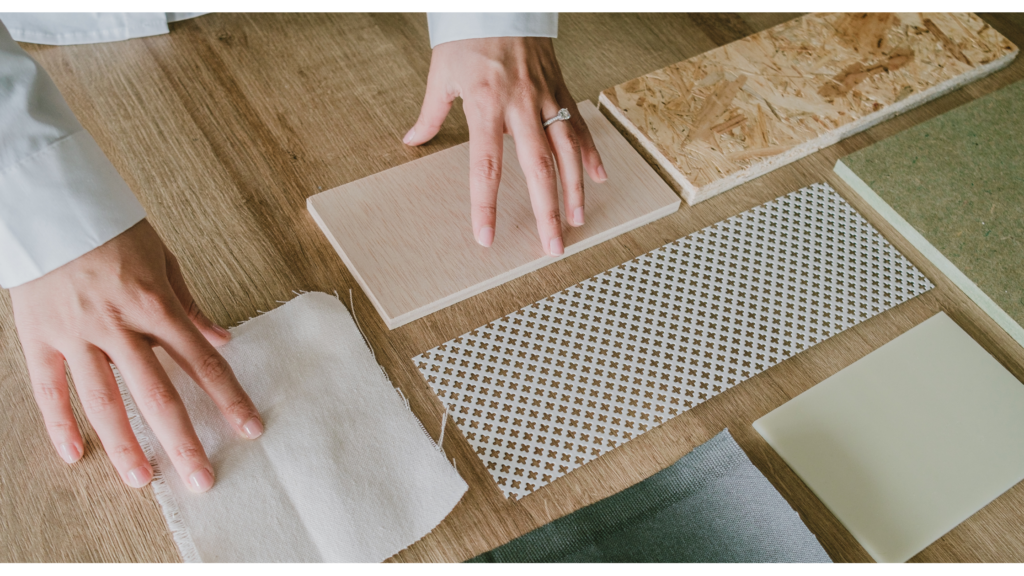
- Timber: Renowned for its natural beauty, timber offers a warm, traditional look. However, it requires regular maintenance to prevent decay, especially in Melbourne’s damp climate.
- Vinyl: A low-maintenance option, vinyl is durable and versatile. It comes in various colors and textures, making it suitable for modern designs.
- Brick: Timeless and robust, brick cladding provides excellent thermal insulation but might be costlier than other options.
- Stone: Offering elegance and durability, stone cladding is resilient but can be heavy and may require professional installation.
- Composite: Combining different materials, composite cladding offers a blend of aesthetics and functionality, often requiring minimal maintenance.
Comparison of Different Materials
Each cladding material has its advantages and drawbacks. Timber, while visually appealing, demands regular maintenance. Vinyl is low-maintenance but might not offer the same charm as natural materials. Bricks and stones provide durability but might be pricier. Composite materials offer a balance between aesthetics and low maintenance.
Considerations for Australian Homes
In Melbourne’s climate, where temperatures can vary greatly, materials like vinyl or composite, known for their durability and adaptability, might be preferable. Additionally, considering fire resistance is crucial, given the risk of bushfires in some regions.
Environmental Impact of Cladding Materials
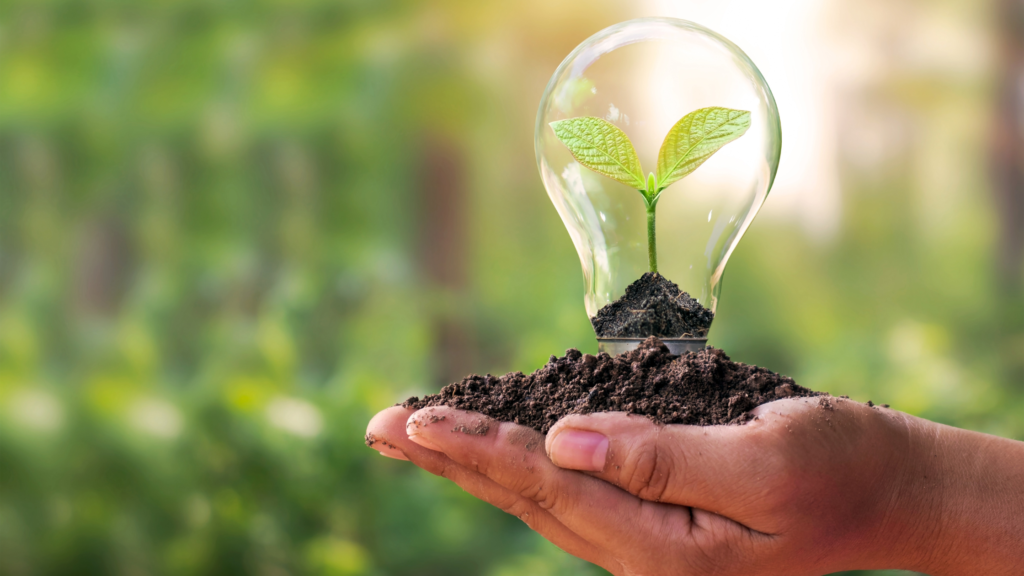
Sustainability has become a significant concern. Opting for eco-friendly materials or those with minimal environmental impact aligns with modern trends. Materials that offer recyclability and reduce energy consumption during production are gaining popularity.
Choosing Cladding Suppliers in Melbourne
Selecting reputable suppliers is as crucial as choosing the material itself. Look for suppliers with a track record of delivering quality products, adhering to local building regulations, and offering warranties.
Installation and Maintenance Tips
Proper installation by professionals is essential to ensure the cladding’s effectiveness. Maintenance requirements vary among materials, but regular cleaning and inspections are universally important.
Case Studies and Examples
Real-life case studies in Melbourne showcase successful cladding projects. Insights from professionals and homeowners provide practical guidance, aiding in decision-making.
Conclusion
The choice of cladding material significantly impacts a home’s aesthetics, functionality, and longevity. Considering Melbourne’s climate and individual preferences is crucial. By weighing the pros and cons of different materials and understanding their implications, homeowners can make informed decisions.





